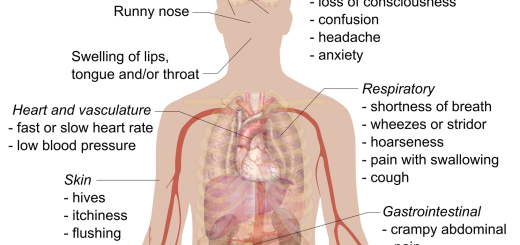How to calculate a Glasgow Coma Scale (GCS) score
The Glasgow Coma Scale (GCS) is a scoring system used to assess patients with a reduced level of consciousness. In this blog post, we’ll look at how to calculate a GCS score for a patient.
About the Glasgow Coma Scale
The Glasgow Coma Scale was originally developed to enable healthcare professionals to assess victims of significant head injuries. It has since been adopted worldwide for the assessment of reduced levels of consciousness.
The advantages of the GCS scoring system are that it provides a standardised way for first aiders and first responders to communicate information about a patient’s level of consciousness.
The score is made up of three components: eyes, verbal and motor. The scale is from 3 (completely unresponsive) to 15 (fully alert). It is not possible to achieve a score of zero!
How to calculate a Glasgow Coma Scale (GCS) score
Step 1: Calculate eye-opening score
| Eyes open spontaneously | 4 |
| Eyes open to verbal stimulus | 3 |
| Eyes open to painful stimulus | 2 |
| No eye opening | 1 |
Step 2: Calculate verbal score
| Orientated | 5 |
| Confused | 4 |
| Inappropriate words | 3 |
| Incomprehensible sounds | 2 |
| No verbal response | 1 |
Orientated means the patient is aware where they are (place), who they are (person) and the current date.
Step 3: Calculate motor score
| Obeys commands | 6 |
| Localises painful stimulus | 5 |
| Withdraws from painful stimulus | 4 |
| Abnormal flexion | 3 |
| Abnormal extension | 2 |
| No response | 1 |
The motor score is the most complex part of the GCS assessment.
A painful stimulus is often achieved by applying supra-orbital notch pressure or by performing a trapezius pinch. There may be different guidelines according to your local protocols.
When documenting a GCS score, it is important to document the individual components. For example, E2 V4 M5 (= 11 total).
The motor component often provides the most information for clinicians and healthcare professionals. Therefore it is important to document this accurately.
A modified Glasgow Coma Scale exists for infants and babies. We will cover this in a future first aid blog post.





